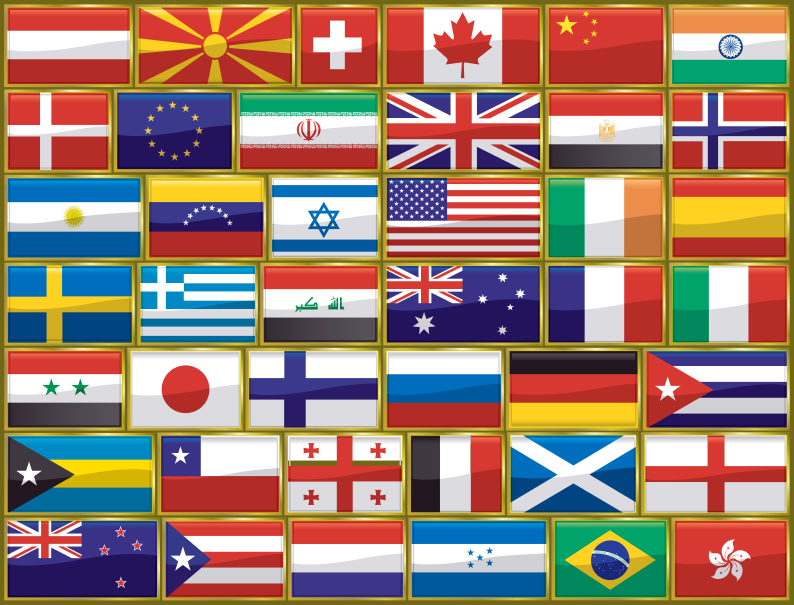Google Translation Offers New Features
By Kyle Aevermann In Search News
Back in middle school and high school, I had an online pen pal who lived in Munich, Germany. I personally know about two words of German, while my pen pal was trying to learn English. While we were worlds apart, we had a lot in common and always had lots to talk about. However, there was that language problem. What we ended up doing was writing our e-mails into a translator, trying to be polite to one another. Of course we all know that the translations don’t translate word for word and sometimes make for an interesting read.
Google Translator, however, has rolled out three new features which should make translations much easier. Fifty-one languages are supported by Google Translator and according to Google that’s 98 percent of the Internet community.
The first new feature is that you no longer need to click the “TRANSLATE” button to actually translate your message. As you type your text, it automatically translates to the other language underneath the text box.
Next, reading non-Romanized languages, like Chinese, just got a whole lot easier. Let’s take the example of, “I hope you have a great day!” In Chinese, that translates to a bunch of crazy signs moving this way and that way. If you are like me, there is no way I could even try to begin the pronunciation of letters that look like pictures.
Thanks to the power of Google though, we are in luck. All we need to do is hit “show romanization,” in the text area and underneath the symbols, a pronunciation of those symbols will appear. So now I can at least attempt to pronounce “I hope you have a great day!” in Chinese. Want to try it with me? “Wǒ xī wàng nǐ yǒu yī gè wěi dà de rì zi” Maybe I’ll just stick with English; it seems a lot shorter. Google says they support this feature for all non-romanized languages on the translator with the exception of Hebrew, Arabic and Persian.
Google also wanted to take that feature one step further. “We also have a new input transliteration feature for Arabic, Persian or Hindi,” a representative said. “If you want to translate from one of these languages, but can’t type the script on your keyboard, our input transliteration feature will allow you to type words as they sound and convert them to native script.”
The final translation won’t help those of us who speak English, but for the rest of the world (including my German pen pal), when they translate a word or phrase into the translator to English, Google will let them actually hear how the word sounds. That’s a pretty cool feature. It’s likely that in the future, Google will allow English speakers hear what other languages sound like in the translator, but there are no plans of yet.
Google’s blog wraps it up by saying: “We hope these improvements will make reading, learning and communicating in foreign languages easier and more fun. As we continue to improve the precision of our automatic translation system, we’re also always looking for ways to evolve and improve our interface. Let us know if you have any feedback on these changes in our discussion group.”


No Comment